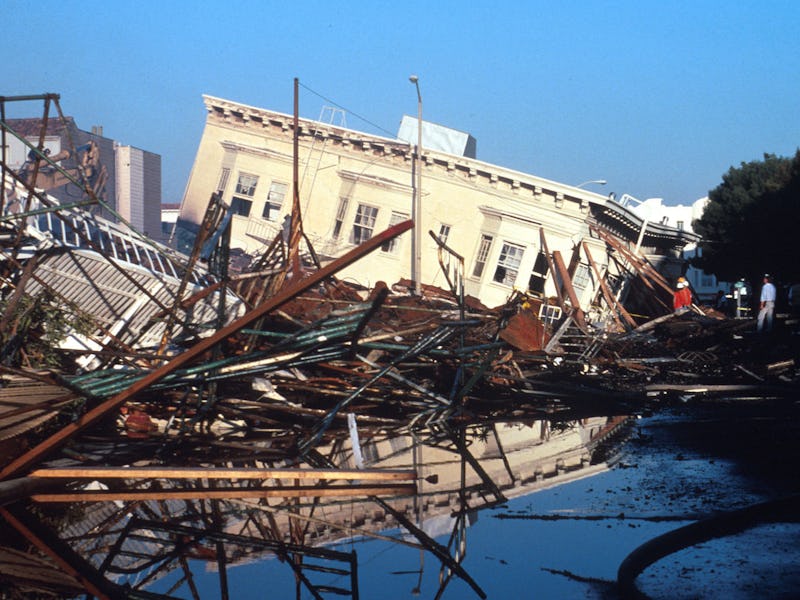California May Soon Send Warning Texts a Minute Before an Earthquake Hits
Governor Jerry Brown has requested $10 million to implement this system.

There’s a one-in-ten chance that a massive earthquake will hit the West Coast within the next 50 years, and when it comes to preventative measures, California has done shockingly little. That was until today: Governor Jerry Brown announced he wants to approve $10 million in state funding for a quake warning system by 2018.
The early warning system will be built out from the United States Geological Survey-designed ShakeAlert, an EEW system that has been sending test notifications to selected Californian users since 2012.
It should be noted that Brown’s had a change of heart about the warning system — previously he wanted to leave the funding for a program like this to private and federal sources.
“We now have a full buy-in from California and the federal government,” Congressman Adam Shiff told the Los Angeles Times. “With this increment of funding, and the additional federal funding we hope to get this year, it should be a matter of a couple of years before we can build this system out.”
A USGS rupture forecast map.
Currently earthquake warning systems can give as much as a minute of warning before a quake hits. While this doesn’t seem like a lot of time, the USGS says that even a few seconds can make a huge difference. According to the USGS, 60 seconds is long enough to allow:
- Citizens to seek cover, turn off stoves, and safely stop vehicles.
- Production lines to be shut down and sensitive equipment to be put in safe mode.
- Automated systems to make sure elevator doors will be open.
- Emergency responders time to prioritize response decisions.
- Power systems to stop the flow of natural gas through pipelines.
Early warning systems work because, while the waves of the actual earthquake travel through the Earth’s layers at speeds of 0.5 to three miles per second, the actual warning message can be sent out instantaneously. Sensors in the landscape pick up on compressional waves, which sets off the automated electronic systems.
How early warning systems work:
Already there is a network of 400 ground motion sensors in California; state funding will allow for this network to expand. While it may take a handful of years, the final plan is for the public to receive early earthquake alerts on their phones and computers.